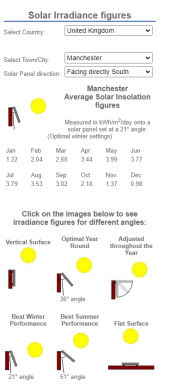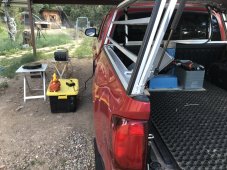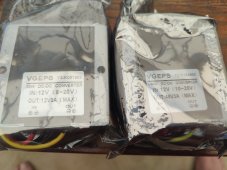ohare25
New Member
Hello,
Im new to all of this but I was just looking for some advice.
My partner has a small business and we trade at large music festivals throughout the UK. Unfortunately 4g phone coverage is poor at many locations and WiFi provided by the festivals is very expensive. Around £250 over 3-4 days.However we need internet coverage to use our payment card readers.
Luckily we were able to take advantage of the "Starlink rural UK offer" and we have a subscription on their roaming plan which allows us to take it anywhere.
This would be a significant saving for us if there was a way we could reliably power it. The starlink runs at around 50watt once up and running. And we would need to run the system for around 12 hours a day.
A the moment we have a small "jackery" and solar panel but this will only run the starlink for a few hours.
We would like to stay environmentally friendly and use solar where we can. I have considered the Ecoflow delta products. But I'm wondering if there would be a significant benefit from building a hard wired system that is just as capable and within a similar or better price range?
Any help would be appreciated.
Kind regards
Tom
Im new to all of this but I was just looking for some advice.
My partner has a small business and we trade at large music festivals throughout the UK. Unfortunately 4g phone coverage is poor at many locations and WiFi provided by the festivals is very expensive. Around £250 over 3-4 days.However we need internet coverage to use our payment card readers.
Luckily we were able to take advantage of the "Starlink rural UK offer" and we have a subscription on their roaming plan which allows us to take it anywhere.
This would be a significant saving for us if there was a way we could reliably power it. The starlink runs at around 50watt once up and running. And we would need to run the system for around 12 hours a day.
A the moment we have a small "jackery" and solar panel but this will only run the starlink for a few hours.
We would like to stay environmentally friendly and use solar where we can. I have considered the Ecoflow delta products. But I'm wondering if there would be a significant benefit from building a hard wired system that is just as capable and within a similar or better price range?
Any help would be appreciated.
Kind regards
Tom






